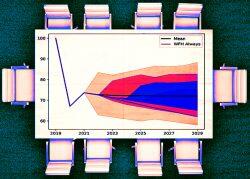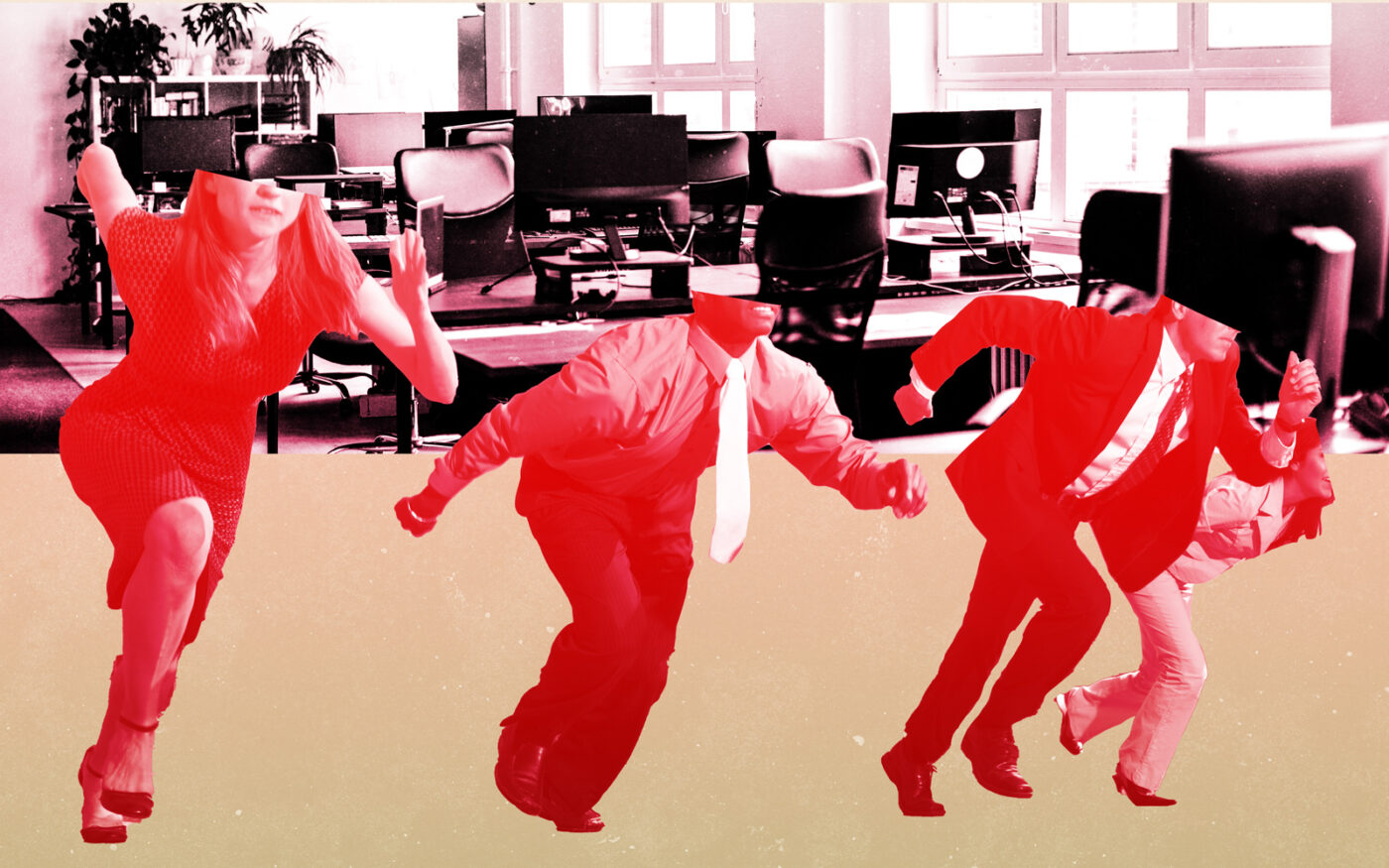Office landlords in markets across the country rang in Labor Day with the best occupancy numbers since the onset of the pandemic, but the celebration is already proving to be short-lived as return-to-office mandates bump up against harsh realities.
Office attendance in major cities is barely half of what it was in 2019, and the Wall Street Journal reported, and there are fears the small gains made after a summer slump could soon be reversed,.
The average occupancy rate of the 10 cities tracked by Kastle Systems hit 50.4 percent of 2019 levels for the week ending on Sept. 20 — but that rate started slipping shortly afterward.
Meta, Amazon and JPMorgan Chase are among the major companies pushing for more employees to regularly return to the office, even floating discipline for those who don’t. Companies don’t appear eager to enforce those mandates, though, leaving languishing office spaces desolate, particularly on Mondays and Fridays.
Occupancy rates are facing considerable complications, including labor shortages impacting commutes and the looming possibility of a recession.
Covid-19 cases are ticking up across the country, and will likely increase in the fall and winter months. Negative perceptions regarding homelessness and crime in downtowns can deter workers in markets like San Francisco, Philadelphia and Washington, D.C., which have some of the lowest rates of workers back in the office.
As a post-Labor Day surge fails to materialize in a significant way, office owners are left holding the bag.
Researchers at New York University and Columbia University in May revised an earlier study measuring the impact of work-from-home trends on New York offices. The update estimated New York’s offices will lose 44 percent of their pre-pandemic value by 2029, up 16 percentage points from the study’s conclusion a year earlier.
Meanwhile, the vacancy rate is creeping upwards again. The national vacancy rate rose to 19.2 percent in the third quarter, according to preliminary data from Moody’s Analytics. That’s just one-tenth of a percentage point below the all-time record.
— Holden Walter-Warner
Read more



